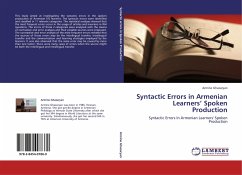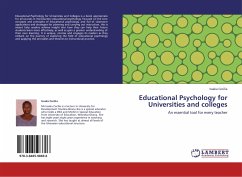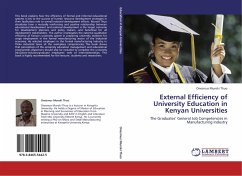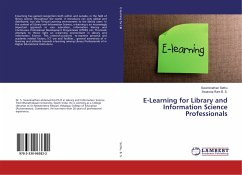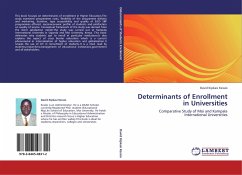
Textual Borrowing Practices in Armenian Universities
Versandkostenfrei!
Versandfertig in 6-10 Tagen
27,99 €
inkl. MwSt.

PAYBACK Punkte
14 °P sammeln!
One of the wide spread phenomenon in the 21st century is plagiarism in higher education. Students plagiarize from information sources without thinking that they are in fact committing a crime. Further discussion shows that this phenomenon is wide spread especially in Eastern cultures (China, Korea, and Japan); the reason of which is mainly the lack of awareness about plagiarism among university students.The main purpose of this book was to investigate the textual borrowing practices in institutions of higher education in Armenia. The study focused on the three (awareness, attitude, and percept...
One of the wide spread phenomenon in the 21st century is plagiarism in higher education. Students plagiarize from information sources without thinking that they are in fact committing a crime. Further discussion shows that this phenomenon is wide spread especially in Eastern cultures (China, Korea, and Japan); the reason of which is mainly the lack of awareness about plagiarism among university students.The main purpose of this book was to investigate the textual borrowing practices in institutions of higher education in Armenia. The study focused on the three (awareness, attitude, and perception) categories that are used to analyze the findings. The research employed triangulation methodology. Findings of the study showed that students have theoretical knowledge about plagiarism, but they do not know how to use techniques and rules of academic writing in their practice to avoid plagiarism.



